Investing in student housing can offer you stable returns with high occupancy rates averaging 96% and consistent rental demand driven by university enrollment. Properties near campuses command higher rents, with those within a half-mile averaging $784 monthly. Parents co-signing leases reduce financial risks, ensuring reliable cash flow. Amenities like study rooms and fitness centers boost appeal. Explore these strategies to maximize profitability and understand the market’s potential for long-term growth.
Key Takeaways
- High occupancy rates (93.7% in 2021) ensure stable rental income in student housing investments.
- Proximity to campus increases rent ($784/month) and occupancy rates (90.9%) for student properties.
- Co-signing by parents reduces financial risks, ensuring reliable rental payments from student tenants.
- Demand for private rooms and amenities like on-site laundry enhances property marketability and profitability.
- Projected market growth to 9.2 million beds by 2031 highlights long-term investment potential in student housing.
Current Trends in the Student Housing Market
As the student housing market continues to evolve, occupancy rates reached 93.7% in 2021, fueled by a steady stream of college enrollees. Demand for student housing remains robust, driven by demographic trends and the growing preference for proximity to educational institutions. Properties within a half-mile of campus command higher average monthly rents, averaging $784, compared to $607 for those farther away. Students increasingly prioritize amenities like on-site laundry, fitness centers, and study rooms, reflecting a shift toward convenience and quality living environments. Privacy in student housing has also emerged as a key trend, with many opting for shared living experiences that offer private rooms over traditional dorm setups. This demand is projected to grow, with the market expected to expand to 9.2 million beds by 2031. These factors underscore the student housing market’s resilience and its potential for investment opportunities.
Advantages of Investing in Student Housing
Because student housing consistently maintains high occupancy rates averaging 96%, it remains a stable and lucrative investment option. With college enrollment driving a continuous demand for housing, properties near campuses often command higher rental prices, averaging $784 monthly in 2021. This steady rental income is bolstered by rental growth averaging 4.9% annually, outperforming traditional residential investments. Co-signing by parents further minimizes financial risks, ensuring reliable cash flow. Additionally, student housing is less susceptible to market volatility, providing a resilient investment opportunity. Strategic property management can maximize returns, especially as the sector is projected to grow to 9.2 million beds by 2031.
- Stability: High occupancy rates and steady rental income shield you from economic downturns.
- Growth Potential: Rising college enrollment and limited supply drive rental growth.
- Financial Security: Co-signing by parents reduces payment risks, ensuring consistent returns.
Investing in student housing offers a unique blend of reliability, growth, and financial security.
Financial Security and Co-Signing Benefits

While student tenants often face employment challenges, co-signing agreements greatly mitigate financial risks for landlords. Co-signers, typically parents or guardians, provide financial security by guaranteeing rent payments, reducing the risk of defaults. In 2020, approximately 60% of full-time undergraduates were unemployed, underscoring the necessity of co-signers in ensuring reliable rental income. Co-signing agreements covered 54% of funding for education-related expenses in the 2020-2021 academic year, reflecting a tangible commitment to supporting housing costs. For landlords, this translates into enhanced cash flow and stability, as co-signers often have a vested interest in ensuring tenants meet their financial obligations. Additionally, the presence of co-signers allows landlords to charge higher rents by renting individual rooms, increasing profitability. By leveraging co-signers, you can secure consistent rental income and minimize financial uncertainties, making student housing a more viable and low-risk investment opportunity. Investing in student housing can also align with strategies for building equity and long-term wealth accumulation through real estate.
Marketability Strategies for Student Housing
Location plays a pivotal role in attracting student tenants, with properties within a 1/2 mile of campus achieving a 90.9% occupancy rate compared to 89.1% for those further away. To maximize marketability in the student housing sector, prioritize proximity to campus, as it directly impacts student demand and occupancy rates. Offer essential amenities like on-site laundry, fitness centers, and study rooms to enhance appeal. Flexible lease terms aligned with academic calendars cater to students’ needs, while competitive pricing guarantees you stay ahead in the off-campus housing market. Leverage digital platforms like Facebook and Zillow to effectively reach potential tenants. Encourage tenant retention by providing incentives such as early renewal discounts or free storage options. Understanding medium-term rentals can also provide a stable income stream by aligning with academic terms and reducing turnover rates.
Management Challenges and Solutions

Investing in student housing presents unique management challenges, particularly due to high turnover rates that increase the time and costs of tenant searches and unit preparations. To mitigate this, streamline the leasing process by minimizing summer vacancies through 12-month leases or subleasing options. High turnover also raises concerns about property damage, so enforce security deposits and robust lease agreements to safeguard your investment. Since student tenants often lack rental experience, prioritize clear communication about landlord rights and responsibilities, supplemented by tenant education to reduce disputes. Familiarize yourself with local housing laws to avoid financial penalties and legal issues. Consider outsourcing management to professionals if you’re unable to handle the workload; management fees can be offset by operational efficiency. A strategic approach guarantees profitability while maintaining compliance and tenant satisfaction.
Essential Steps for Making Your First Investment
Start by analyzing local college markets with high student enrollment and housing demand, as 20% of students face accommodation shortages. Focus on properties within 1/2 mile of campuses to capitalize on 90.9% occupancy rates, a key advantage over farther locations. This strategic approach guarantees you’re targeting areas with proven rental stability and growth potential. Leverage local market analysis to forecast trends and enhance investment returns in these high-demand areas.
Market Research
Before diving into the student housing market, it is crucial to conduct thorough market research to identify key opportunities and mitigate risks. Start by analyzing local colleges with high enrollment rates and strong housing demand, as these institutions often drive growth trends in the area. Assess competition by evaluating rental prices, occupancy rates, and amenities offered, noting that properties near campuses typically achieve higher occupancy and rents. Investigate the financial landscape of potential tenants, considering funding sources like family income and savings, which directly impact their ability to pay rent. Additionally, guarantee compliance with rental property requirements by understanding local regulations and zoning laws. Finally, monitor growth indicators like new university programs or expansions, which can signal rising demand. Pay attention to regional amenities like parks and shopping areas, as they significantly enhance property desirability and rental demand.
- Secure high occupancy rates by targeting areas with proven enrollment growth.
- Maximize rental income by positioning properties near campus hubs.
- Protect your investment by staying ahead of regulatory compliance issues.
Property Selection
With a solid understanding of the market landscape, you can now focus on selecting the right property to meet student housing demand. Prioritize college markets with high university enrollment and consistent rental demand, as 20% of students face housing shortages. Target properties within a half-mile of campus, where occupancy rates reach 90.9%, ensuring higher demand and rental income potential. Analyze the financial landscape of tenants, leveraging the fact that 54% of education funding comes from family income, often secured through co-signers. Opt for properties accommodating 4-6 students with shared common areas, maximizing returns via individual room rentals. Always verify compliance with local rental laws and evaluate how university enrollment trends impact housing demand and profitability. Conducting a thorough rental market analysis will help you set competitive rental prices and enhance your investment strategy. Strategic property selection is key to thriving in the student housing market.
Exploring Passive Investment Opportunities in Student Housing

As the student housing market expands—projected to reach 9.2 million beds by 2031—investors can leverage passive opportunities like REITs and crowdfunding to capitalize on this growth without managing properties directly. Real Estate Investment Trusts (REITs) offer a reliable entry point, letting you benefit from higher rental returns averaging 4.9% annually, outpacing traditional residential properties. Crowdfunding platforms democratize access, allowing income-seeking investors to pool resources and mitigate investment risks. Public-private partnerships (PPPs) further enhance passive investment opportunities by aligning with universities, ensuring stable demand and reducing vacancies. Institutional confidence, evidenced by firms like Blackstone acquiring properties, underscores the sector’s resilience. By focusing on passive investment, you bypass the complexities of property management while diversifying your portfolio in a market with strong fundamentals.
- Grow your wealth without the hassle of day-to-day property management.
- Tap into institutional confidence by aligning with proven strategies.
- Secure stable demand through partnerships with universities.
Conclusion
Investing in student housing isn’t just a smart move—it’s a way to secure steady returns in a resilient market. With rising enrollment and demand for quality accommodations, this niche offers stability even in uncertain times. Solid research and thoughtful management turn potential challenges into opportunities, while passive investments let you enjoy the benefits without daily oversight. Strategically diversifying your portfolio with student housing sets you up for long-term financial growth.




